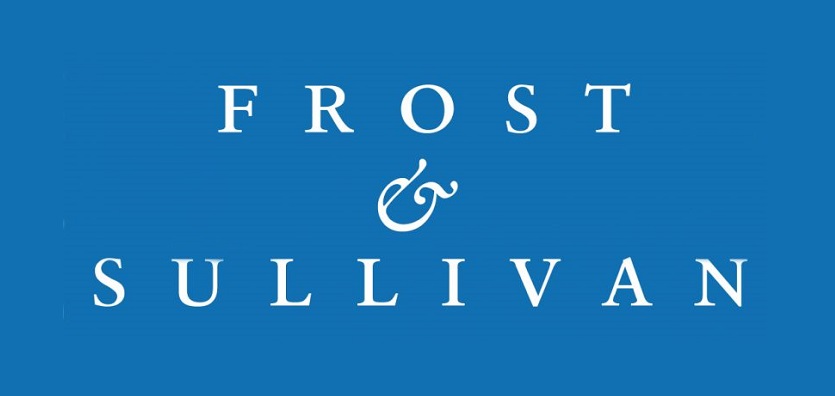
Frost & Sullivan’s recent analysis reveals that global defense industries are transforming their operations and capabilities through significant investments in disruptive technologies and platforms that are driving changes in military cybersecurity requirements. Frost & Sullivan anticipates global military cybersecurity to grow to $16.01 billion by 2023 at a compound annual growth rate (CAGR) of 3.6% from 2018-2023.
“Militaries across the globe are budgeting for and pursuing the development of new enabling, next-generation technologies for cybersecurity,” said Ryan Pinto, Research Analyst, Frost & Sullivan. “These technologies will open up significant growth opportunities by improving the speed and accuracy of logistics battlefield planning, increasing autonomous functionality of systems, aiding decision-making, lowering overhead costs, and enabling less soldier risk.”
In the future, military requirements for cybersecurity will demand a solution with a range of possible applications—a one-stop shop for systems and add-on services that will allow quicker and cheaper implementation.
With the growing concern surrounding cyber warfare, defense contracts announced to counter the threat will be increase significantly across North America, Europe and APAC. Less developed and small countries may not have the budgets to procure and implement advanced cybersecurity solutions, and the Chinese military market, although relatively large, is blocked for global companies.
“Industry consolidation and Tier II contractors winning more lucrative awards will increase competition. However, defense companies could grow market share through M&A and utilizing current positioning in the defense market,” stated Pinto.
To capitalize on future possibilities, vendors should focus on:
- Increasing R&D investment in companies with strong funding for research programs.
- Establishing public-private partnerships to improve innovation and national cybersecurity posture.
- Offering training-as-a-service to improve positioning on contracts.
- Developing a broad range of cyber solutions that will improve capabilities to defend and attack the full spectrum range.
- Creating broad military cyber solutions that allow quicker and cheaper integration with legacy components.
“Despite promising growth drivers, there are currently several substantial drawbacks that don’t allow double-digit market advancement,” noted Pinto. “The main factors restraining market advancement include insufficient funding, compatibility issues, and protectionism of nations trying to develop domestic industrial capabilities on the one hand and, on the other, trying to minimize the reliance of their military on foreign entities with high-level access.”






